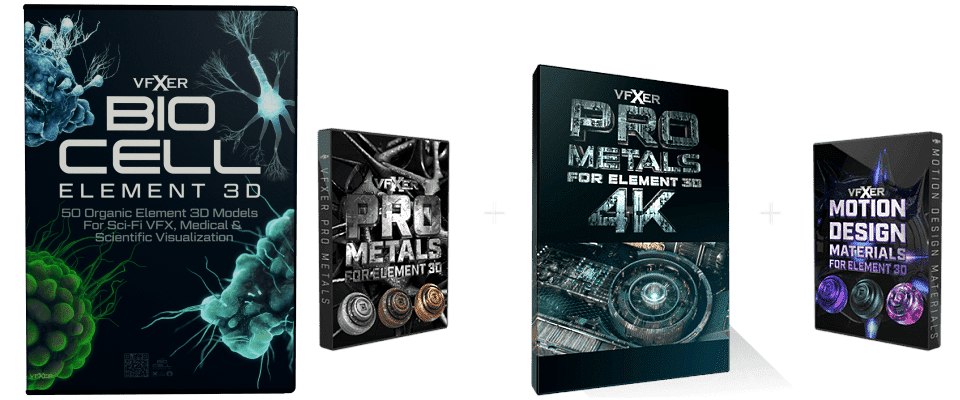DIY Star Wars VFX Magic
Intro: Deconstructing an Epic Star Wars Shot
This epic tutorial from ErikDoesVFX focuses on his approach to deconstructing and recreating an iconic shot from the newer Star Wars films. Erik tackles the challenges of replicating this visually impressive sequence, addressing issues like impossible character movement and location constraints. His goal is to break down the VFX process and explore some creative solutions from a VFX artist's perspective.
Step 1: Location Constraints and Creative Adaptation
The initial hurdle for Erik is the absence of a desert location. Instead of forcing a specific environment, he leverages the mountainous landscape available to him. This highlights his emphasis on adapting to the available environment and incorporating it into the VFX design, turning a potential limitation into a unique feature.
Step 2: Lightsaber Workflow Optimization
The tutorial addresses the inefficiencies of previous lightsaber effects that Erik has encountered. To improve workflow and visual quality, he opts for using a physical lightsaber hilt. This approach streamlines the 2D effects process, showcasing the value of physical props in VFX pipelines.
Step 3: On-Set Challenges and Opportunities
The filming process is presented as a case study in dealing with unexpected on-set challenges, such as snowfall, from Erik's perspective. However, these challenges are reframed as opportunities to enhance the visual impact of the shots. The lack of a trampoline necessitates a post-production solution for the character's jump. A practical landing attempt, while not perfect, is used by Erik as a base for further VFX enhancement.
Step 4: Shot Breakdown
The final sequence is comprised of 15 shots, highlighting the complexity involved, even with a reduced sequence in Erik's project. This emphasizes the need for efficient planning and execution in VFX projects.
Step 5: TIE Whisper - 3D Integration
The process of integrating the TIE Whisper begins with Erik sourcing a 3D model and refining its shaders. The integration process, includes:
- 3D Tracking: Tracking the initial shot for accurate placement.
- Geometry Recreation: Roughly recreating the scene's geometry for proper interaction.
- Animation Path: Defining a path for the TIE Whisper to follow.
- Tilting Animation: Adding realistic tilting during turns.
- Dust Trail: Incorporating a dust trail for visual appeal, despite the filming conditions.
- Rendering: Rendering the animated 3D asset.
- Camera Shake: Adding camera shake for dynamic integration.
Step 6: Lightsaber Effects - 2D Approach
The tutorial presents a brief overview of the evolution of lightsaber effects, from practical methods to modern digital techniques, as understood by Erik. The chosen method, involves:
- 2D Shape Creation: Drawing the lightsaber shape.
- Color Grading: Applying the appropriate color.
- Glow and Flicker Effects: Adding visual effects for realism.
- Manual Tracking: Precisely tracking the lightsaber in each shot.
- Light Interaction: Simulating light interaction with the environment and character.
Step 7: The Backflip - Digital Double Workflow
The challenge of the character's impossible jump is addressed by Erik using a digital double. The workflow, as developed by Erik, includes:
- 3D Model Generation: Using a tool to generate a 3D model from image data.
- Texture Projection: Warping and projecting textures onto the model.
- Jacket Integration: Sourcing and adapting a jacket model.
- Animation and Tracking: Animating the digital double based on the original footage and tracking data.
- Asset Integration: Integrating the digital double, animated ship, and 3D lightsaber.
- Cut Effect: Creating a cut effect with sparks and glowing edges.
- Landing Enhancement: Adjusting the character's position and integrating the ship.
- Lightsaber Transition: Turning off the lightsaber mid-air for the landing.
Step 8: The Crash - Slow Motion and Simulation
The challenge of tracking fast camera movement with motion blur is resolved by Erik filming in slow motion. The workflow, involves:
- Shot Tracking: Tracking the slow-motion footage.
- Simulation Iteration: Iterating on the ship simulation.
- Speed Ramping: Speeding up the simulation to real-time.
- Smoke Simulation: Adding smoke for the engine damage.
- Rendering: Rendering the simulation.
- Compositing: Compositing all elements together.
- Explosion Enhancement: Adding explosion elements for impact.
Step 9: Final Polish - Details and Sound
The tutorial highlights the importance of final polish, including:
- Snow Integration: Adding snow in post-production to shots that lacked it.
- Cleanup: Removing unwanted elements like gear using paint tools.
- Sound Design: Adding appropriate sound effects and ambience.
Step 10: Final Output
The tutorial concludes with the completed video, showcasing Erik's successful application of various VFX techniques.
Key Takeaways for VFX Artists from Erik's Approach
- Adaptability: The importance of being flexible and adapting to unforeseen limitations.
- Workflow Efficiency: The need to optimize workflows using physical props and efficient digital techniques.
- Problem Solving: The importance of approaching VFX challenges with creative and practical solutions.
- Attention to Detail: The significance of final polish and sound design in delivering a high-quality result.
- Continuous Learning: The importance of exploring new techniques and tools to improve skills.


